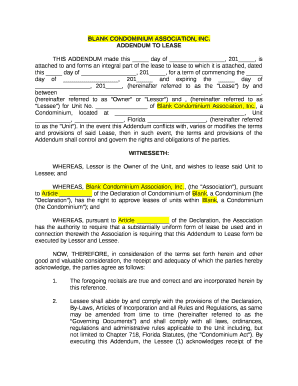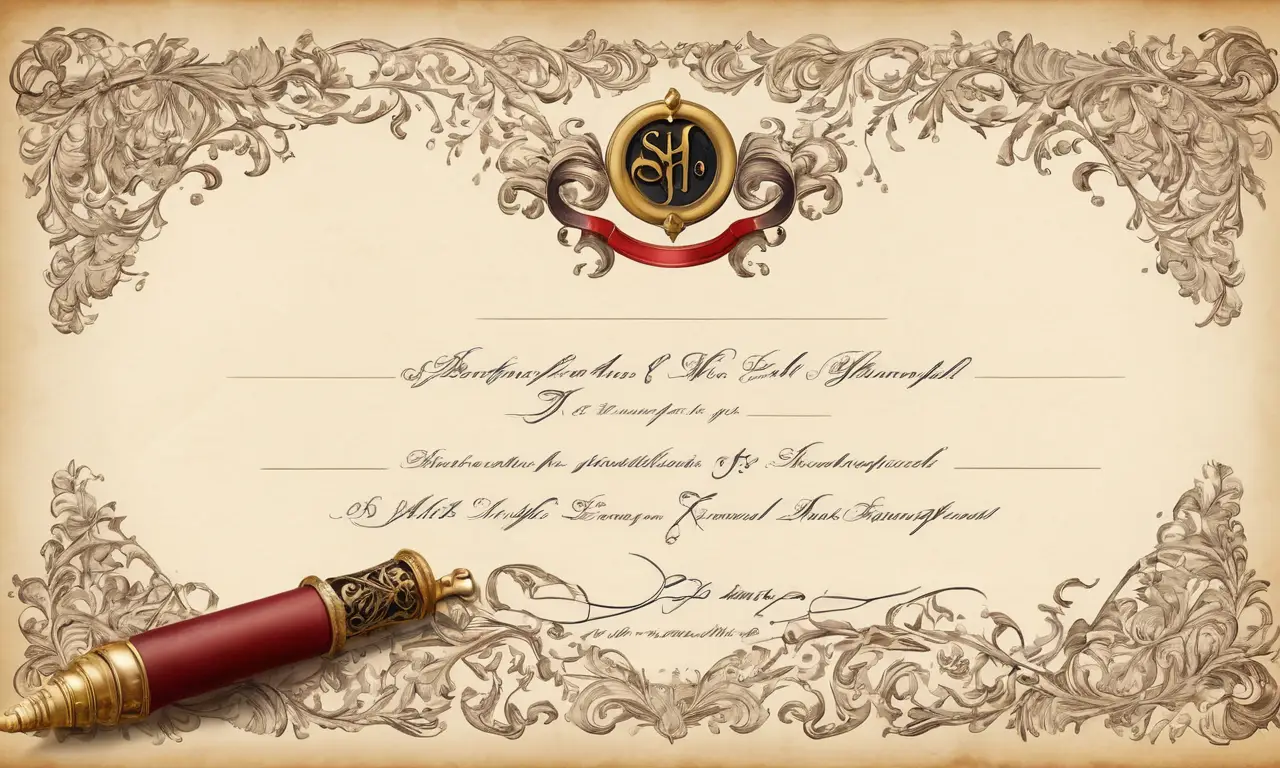
Formal documents often require precise and professional language, including specific ways to indicate dates. One such phrase gaining popularity is “dated at this day of,” offering a unique blend of formality and flexibility. This article delves into the nuances of this phrase, exploring its usage, customization options, and various examples within formal contexts.
This article will first define the meaning and purpose of “dated at this day of” in formal documents. Then, we’ll examine how this phrase is used across different document types and situations. We’ll also explore the various ways you can customize this phrase to fit specific needs, including adding the year or leaving it blank for later completion. Finally, we’ll provide several examples of “dated at this day of” in action to illustrate its practical application.
Formal Document Date Phrase
In formal documents, clarity and precision are paramount. The phrase “dated at this day of” serves as a clear and unambiguous way to indicate the date of the document. It conveys a sense of formality and professionalism, often preferred in legal, official, or academic settings.
This phrase is distinct from more casual date formats like “Date: [Month] [Day], [Year]” because it emphasizes the act of dating the document itself rather than simply stating the calendar date. This subtle difference can be significant in formal contexts where precise wording matters.
“Dated At This Day Of” Usage

The phrase “dated at this day of” is commonly used in a variety of formal documents, including:
- Legal Documents: Contracts, agreements, wills, and other legal instruments often utilize this phrase to clearly mark the date of signing or creation.
Official Correspondence: Letters from government agencies, organizations, or institutions frequently employ “dated at this day of” to maintain a professional tone and ensure clarity regarding the document’s issuance date.
Academic Papers: While less common in modern academic writing, some disciplines or publications may still use “dated at this day of” for formal submissions or historical documents.
Contextual Considerations
The specific context of the document can influence how “dated at this day of” is used. For instance:
- Emphasis on Signing: In legal documents where a signature’s date is crucial, the phrase might be placed directly before the signature line.
- Document Creation Date: When indicating the date a document was created rather than signed, the phrase could appear at the beginning or end of the document.
Customization Options
One of the strengths of “dated at this day of” lies in its flexibility. You can customize it to suit specific needs:
- Adding the Year: For greater precision, you can include the year after the phrase, such as “dated at this day of 2023.” This is particularly useful when ambiguity regarding the year might arise.
- Leaving Blank for Completion: You can leave the date blank within the phrase and fill it in later, using a format like “dated at blank this blank day of.” This is helpful when creating templates or documents that need to be filled out at a later time.
Examples of “Dated At This Day Of”

Here are several examples demonstrating how “dated at this day of” can be used in different formal contexts:
Legal Contract: “IN WITNESS WHEREOF, the parties hereto have executed this Agreement as of this day of [Month], 2023.“
Official Letter: “Dated at this day of [Month], [Year], [Your Name]
[Your Title]”Academic Paper (Historical Context): “This manuscript was dated at this day of [Month], [Year] by the author.”
Conclusion
“Dated at this day of” offers a unique and formal way to indicate dates in various documents. Its flexibility, combined with its professional tone, makes it a valuable tool for ensuring clarity and precision in formal writing. Whether used in legal contracts, official correspondence, or academic papers, this phrase effectively conveys the date of a document while maintaining a sense of formality and authority.
